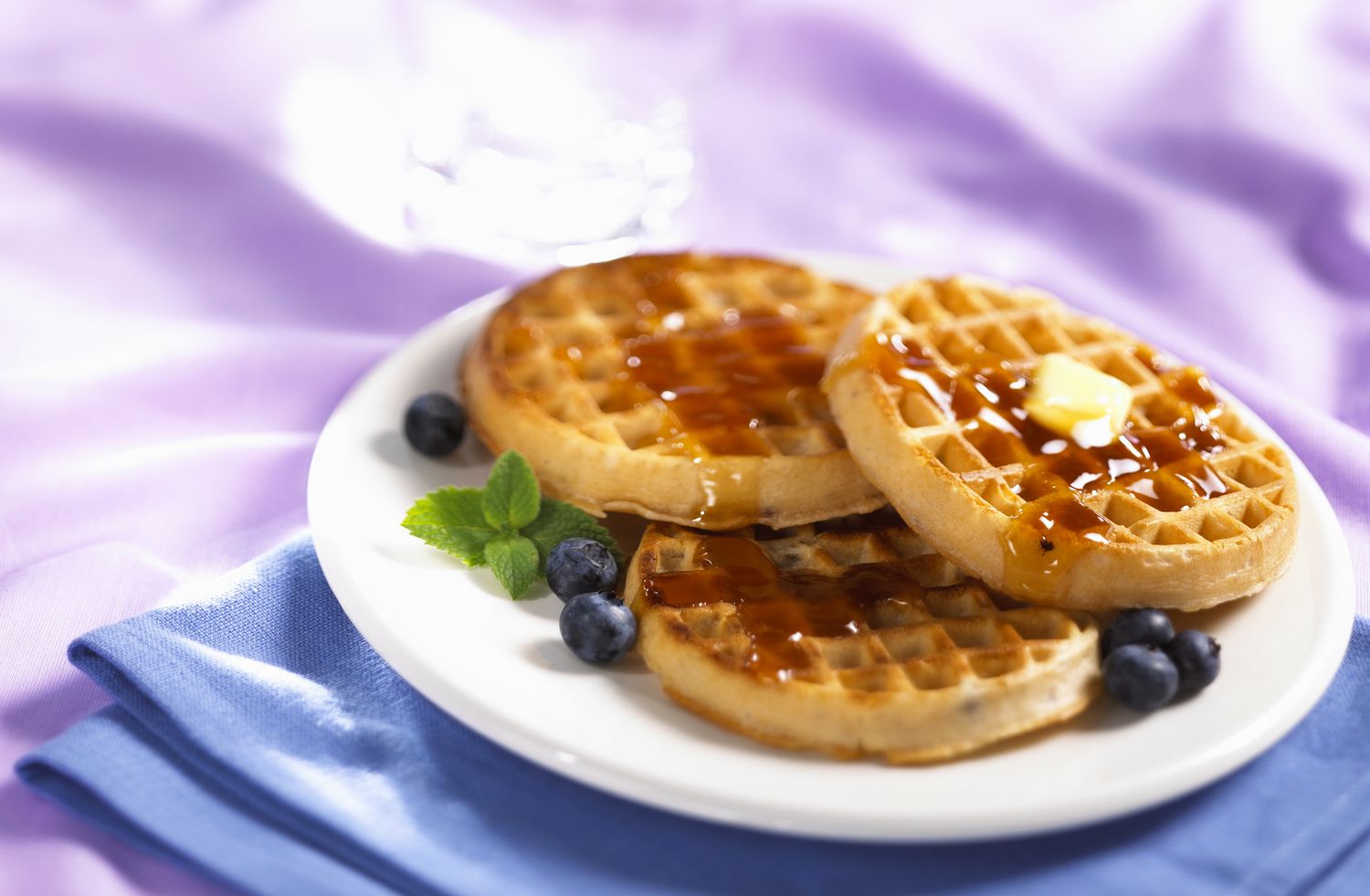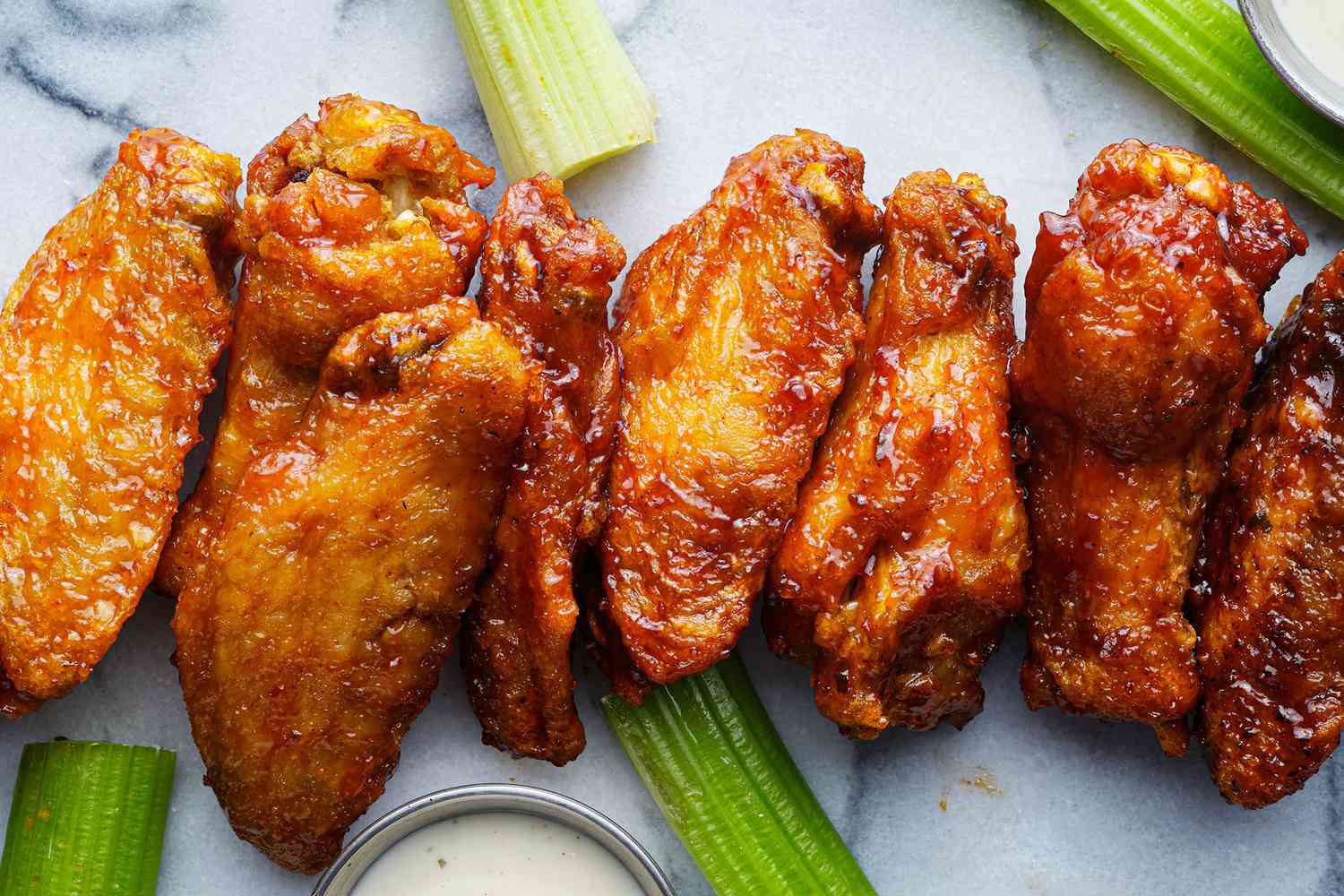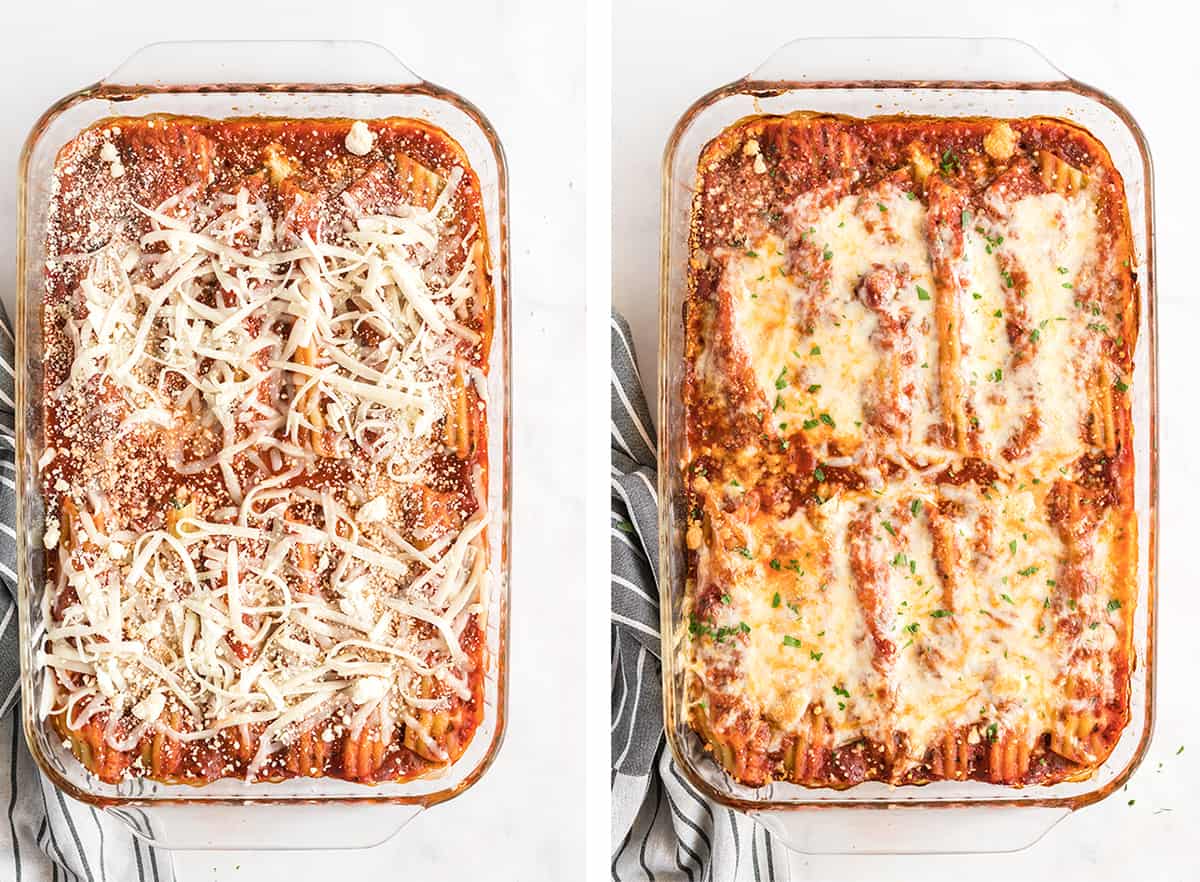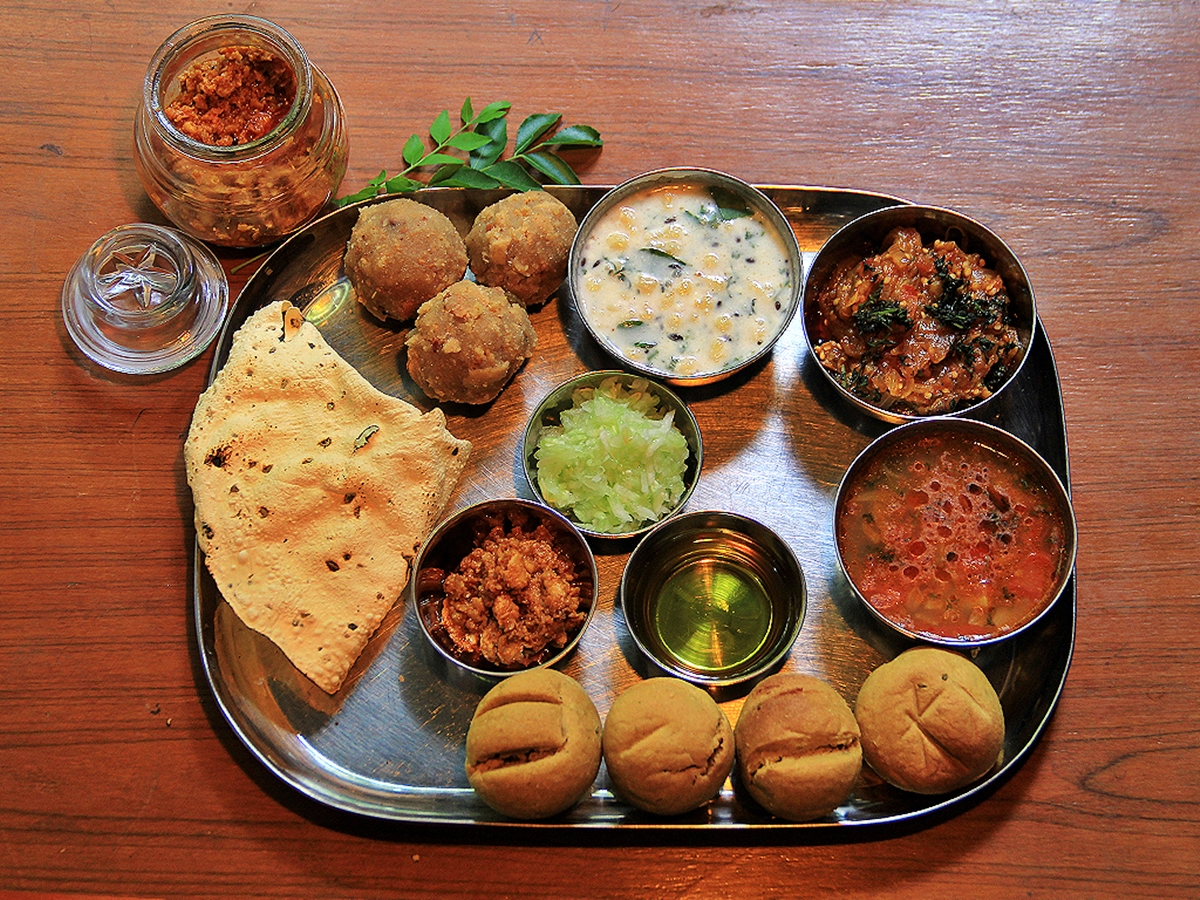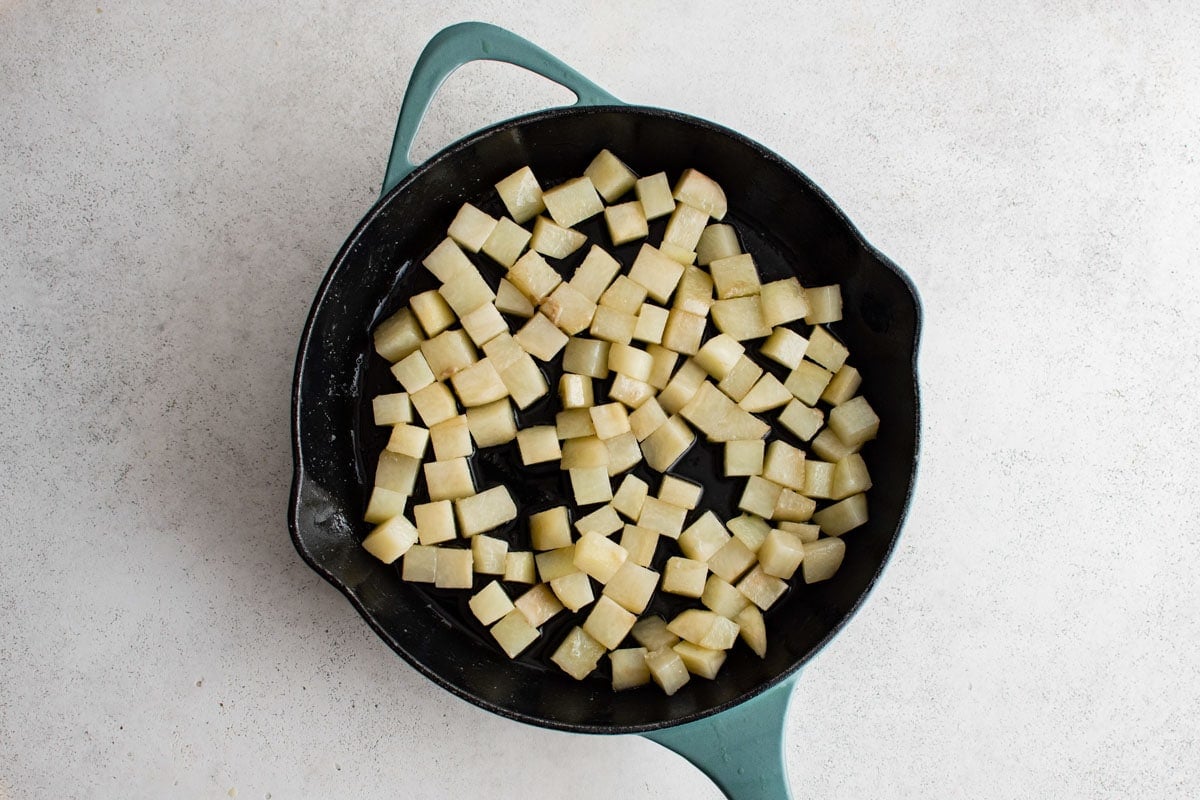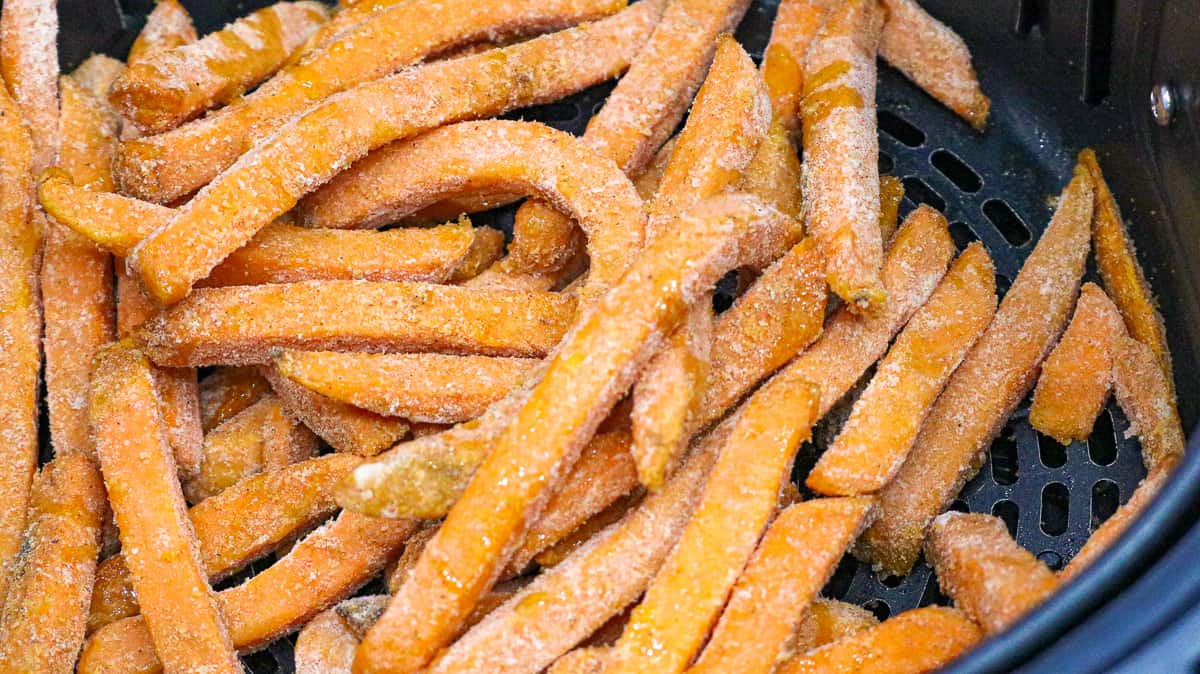How To Make Cake: Top 10 Tips For Success
Who doesn’t love a delicious homemade cake? Whether you’re a baking enthusiast or a beginner in the kitchen, making a cake that turns out moist, fluffy, and flavorful can be a bit challenging. But fear not! We’ve got you covered with our top 10 tips for cake-making success. Follow these guidelines, and you’ll be well on your way to creating bakery-worthy cakes that will impress everyone.
1. Measure Ingredients Precisely
Accurate measurements are key when it comes to baking, especially when making a cake. Invest in a good set of measuring cups and spoons, and make sure to level off your dry ingredients with a knife for precise measurements. This will ensure that your cake has the perfect balance of flavors and textures.
2. Room Temperature Ingredients
Before you start mixing your cake batter, make sure that your eggs, butter, and other dairy ingredients are at room temperature. This will allow them to blend smoothly, resulting in a lighter and more evenly baked cake.
3. Cream Butter and Sugar Properly
When a recipe calls for creaming butter and sugar together, make sure to beat them until they are light and fluffy. This step incorporates air into the batter, creating a tender and moist cake. Remember to take your time with this step to ensure that the mixture is properly creamed.
4. Don’t Overmix the Batter
Overmixing the batter can lead to a dense and tough cake. Once you’ve added the dry ingredients, mix just until everything is combined. Overmixing can activate the gluten in the flour, resulting in a less tender cake. It’s okay if there are a few small lumps in the batter.
5. Use Cake Flour
For the lightest and fluffiest cakes, opt for cake flour instead of all-purpose flour. Cake flour has a lower protein content, which helps create a tender and delicate crumb. If you don’t have cake flour on hand, you can make a substitute by combining all-purpose flour with cornstarch.
6. Preheat Your Oven and Use an Oven Thermometer
Ensure that your oven is preheated to the correct temperature before baking your cake. An oven thermometer can be a handy tool to ensure accuracy. Ovens can often have inconsistent temperatures, and baking at the wrong temperature can result in uneven baking and a dry cake.
7. Don’t Open the Oven Door Too Soon
Resist the temptation to open the oven door while your cake is baking, especially during the first half of the baking time. Opening the oven door can cause temperature fluctuations and result in a sunken cake. Trust the process and wait for the appropriate time to check for doneness.
8. Use the Toothpick Test
To check if your cake is fully baked, insert a toothpick into the center. If it comes out clean or with a few crumbs clinging to it, the cake is ready. If the toothpick has wet batter on it, the cake needs more time in the oven. Remember to avoid overbaking, as it can lead to a dry cake.
9. Let the Cake Cool Completely
Allow your cake to cool completely on a wire rack before frosting or decorating. If you frost a warm cake, the frosting will melt and become runny. Cooling the cake also allows the flavors to develop and ensures that your frosting will adhere properly.
10. Experiment and Have Fun!
Don’t be afraid to get creative and try new flavors and decorations. Baking is a delicious adventure, so feel free to experiment with different recipes, frostings, and toppings. Enjoy the process and take pride in your homemade creations!
By following these top 10 tips for cake-making success, you’ll be baking cakes like a pro in no time. So get your apron on, gather your ingredients, and let the baking magic begin!
For those eager to put their newfound cake-making skills to the test, there are several standout recipes to try. The Classic Vanilla Cake Recipe is a great starting point for anyone looking to master the basics, offering a delicious and straightforward introduction to cake baking. For chocolate lovers, the Chocolate Fudge Cake Recipe is a must-try, with its rich and decadent flavor that impresses every time. If you're in the mood for something a bit more festive, the Funfetti Birthday Cake Recipe brings a splash of color and fun to any occasion. Lastly, don't miss the Lemon Pound Cake Recipe, a refreshing dessert perfect for any gathering, with its bright citrus notes and tender crumb. Each of these recipes perfectly complements the tips and techniques outlined in the guide, ensuring a successful and enjoyable baking experience.
Was this page helpful?
Read Next: How To Make An Anti-Gravity Cake
